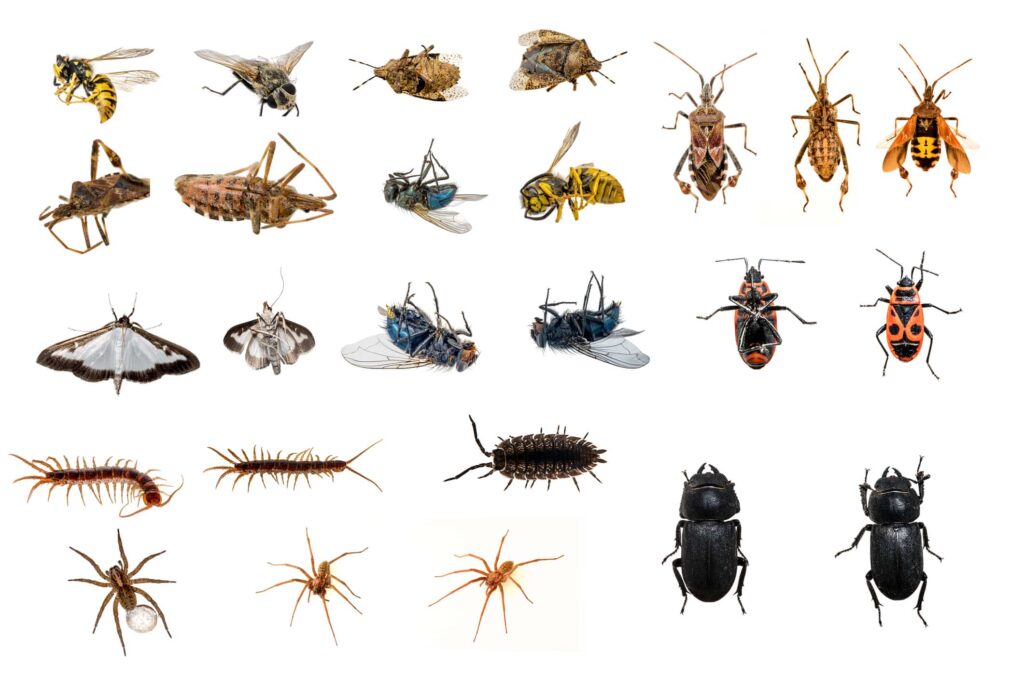As the leaves start to turn and the air grows crisper, fall in Western Washington brings with it a unique set of challenges when it comes to pest control. At New Day Pest, we understand the importance of maintaining a pest-free environment, especially as these critters seek shelter in preparation for the colder months. In this guide, we’ll dive into the common pests that emerge during the fall, the pest control measures you should consider, and how to address these issues effectively.

Pest Control Checklist for Fall in Western Washington
- Rodents (Mice and Rats): As temperatures drop, rodents seek warmth indoors. They can cause damage to property and carry diseases.
Address: Seal any cracks or gaps in your home’s exterior. Set traps in areas where rodents are likely to enter. Keep food stored in airtight containers.
- Spiders: Many spider species become more active during the fall, looking for shelter from the cold.
Address: Regularly clean and vacuum your home to eliminate webs and egg sacs. Seal gaps around windows and doors.
- Stink Bugs: These pests invade homes seeking warmth and shelter.
Address: Seal cracks and crevices in your home’s exterior. Install weather stripping around doors and windows.
- Ants: As the weather cools, ants seek food and warmth indoors.
Address: Keep surfaces clean and free of food crumbs. Seal any entry points and eliminate standing water.
- Cockroaches: These resilient pests can thrive year-round but may become more active indoors during the fall.
Address: Keep your home clean and dry. Fix leaks promptly and seal cracks in walls and floors.
- Wasps and Hornets: These insects become more aggressive in the fall as they prepare for winter.
Address: Inspect your property for nests. Use caution and consider professional help when removing nests.
How to Tackle Fall Pest Control Challenges
- Inspection: Regularly inspect your property for signs of pests and potential entry points.
- Exclusion: Seal gaps, cracks, and holes in your home’s exterior to prevent pests from getting inside.
- Sanitation: Keep your home and surroundings clean, reducing attractants like crumbs and standing water.
- Landscaping: Trim back vegetation and branches that touch your home to prevent pests from using them as bridges.
- Professional Help: For persistent or severe infestations, enlist the help of a pest control expert like New Day Pest.
Transitional Pest Control: Fall to Winter
- Rats and Mice: These pests continue seeking shelter, so ensure your home is secure.
- Indoor Spiders: Some spiders may enter your home as outdoor conditions become less hospitable.
- Cockroaches: These pests may move indoors seeking warmth and food.
- Bed Bugs: Increased indoor activity during the winter can lead to bed bug infestations.
Address Transitioning Pests:
- Continued Exclusion: Maintain sealed entry points.
- Regular Cleaning: Vacuum frequently to remove pests that may have entered.
- Professional Inspection: Schedule an inspection to catch infestations early.
At New Day Pest, we’re committed to helping you maintain a pest-free environment throughout the changing seasons. If you’re facing fall pest challenges or want to prepare for the transition into winter, contact us today. Our expert team is ready to assist you in safeguarding your home against unwanted intruders.